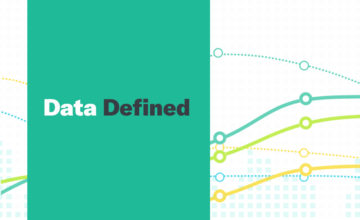Near Field Communication Defined
Near Field Communication (NFC) is a set of communication protocols that enables two electronic devices to establish communication. NFC works by having one transmitting device in close proximity to another device to receive the signal, precisely within 4 cm (11⁄2 in) of each other.
The transmission frequency for data across NFC is 13.56 megahertz. NFC has the ability to send data at either 106, 212, or 424 kilobits per second.
NFC chips and devices are used in contactless payment systems, such as Samsung Pay, Apple Pay, Google Pay and Contactless.
NFC devices can either be passive or active.
- Passive: are devices which have tags, and other small transmitters, that can send information to other NFC devices without the need for a power source of their own.
- Active: are devices that are able to both send and receive data, and can communicate with each other as well as with passive devices. Smartphones are the most common form of active devices.
To determine what sort of information can be exchanged between devices, the NFC standard currently has three distinct modes of operation.
- Peer to peer: This allows two NFC-enabled devices to exchange various pieces of information between each other. In this mode, both devices switch between active when sending data and passive when receiving.
- Read/write mode: Is one-way data transmission. The active device, links up with another device in order to read information from it.
- Card emulation. This device can function as a smart or contactless credit card and make payments or tap into public transport systems
In Data Defined, we help make the complex world of data more accessible by explaining some of the most complex aspects of the field.
Click Here for more Data Defined.


